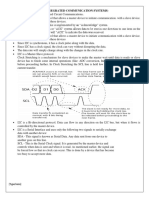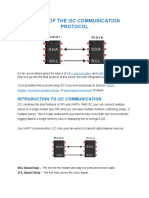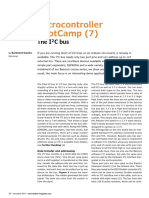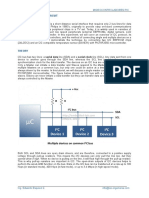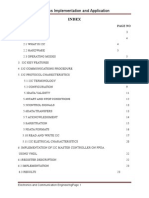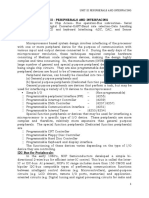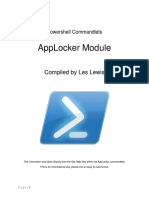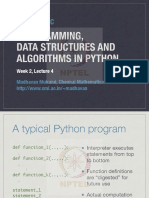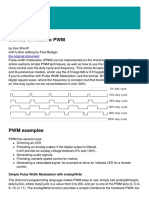0% found this document useful (0 votes)
30 views30 pagesIoT PPT08 I2C Protocol and Demo
The document provides an overview of the I2C protocol, a widely used serial communication method developed by Philips Semiconductor in 1982. It details the communication modes, physical layer, and operation steps of I2C, including the roles of master and slave devices. Additionally, it includes a demo using NodeMCU as the master and Arduino as the slave, along with relevant code examples and lessons learned from the demonstration.
Uploaded by
Hussein Technology For computer ServicesCopyright
© © All Rights Reserved
We take content rights seriously. If you suspect this is your content, claim it here.
Available Formats
Download as PDF, TXT or read online on Scribd
0% found this document useful (0 votes)
30 views30 pagesIoT PPT08 I2C Protocol and Demo
The document provides an overview of the I2C protocol, a widely used serial communication method developed by Philips Semiconductor in 1982. It details the communication modes, physical layer, and operation steps of I2C, including the roles of master and slave devices. Additionally, it includes a demo using NodeMCU as the master and Arduino as the slave, along with relevant code examples and lessons learned from the demonstration.
Uploaded by
Hussein Technology For computer ServicesCopyright
© © All Rights Reserved
We take content rights seriously. If you suspect this is your content, claim it here.
Available Formats
Download as PDF, TXT or read online on Scribd
/ 30











